Roads and sidewalks have undergone dramatic transformations in communities with complete streets policies. More than 90 Michigan communities have passed complete street policies, which contain a variety of design elements that foster a safer, more equitable, and more sensible transportation system. SmartGrowth America tells us complete streets:
“… may include: sidewalks, bike lanes (or wide paved shoulders), special bus lanes, comfortable and accessible public transportation stops, frequent and safe crossing opportunities, median islands, accessible pedestrian signals, curb extensions, narrower travel lanes, roundabouts, and more.”
Nestled in this “more” category are street trees, an often underappreciated asset with a significant impact. On its face, the appeal is obvious: wouldn’t you like to walk down a sidewalk buffered by stately oaks rather than concrete slabs? Look a little deeper, though, and several benefits of properly placed street trees emerge. Street trees may be more important than we give them credit for.
Street trees make pedestrians safer. Ample research has shown that drivers reduce speeds when trees are present, and crashes tend to be less severe. Wide spaces on either side of the street give drivers the perception of a greater room for error, which contributes to higher speeds. Restricting this space and providing a visual edge to the street makes drivers more cautious and drive at lower speeds. Street trees alsocreate a barrier between sidewalks and the road, which gives pedestrians a real and perceived boost in protection.
Street trees also encourage people to walk by creating a more pleasant, aesthetic environment. Often, people walk farther on tree-lined streets because distances seem shorter when walking along greenery. Trees also give scale to urban areas often built in conflict to human dimensions and lend interest to blank sides of buildings. Trees provide shade for pedestrians when walking, shopping or conducting business. The impact on pedestrians frequenting businesses is significant: in one study,businesses on streets lined with trees had a 12% higher income stream than those not lined with trees.
Pedestrian’s physical and mental health also benefit from street trees. The link between time spent in nature and reduced ADHD symptoms has been well explored, but even a walk down a tree-lined street will alleviate symptoms. Street trees have been shown to contribute to decreased obesity rates and improve cardiovascular health by encouraging walking, and parents are more likely to let their children walk to school when sidewalks are tree lined.
The value of street trees in complete street design greatly increases when some of these less-conspicuous benefits are considered. Residents of communities considering adopting complete streets policies should use these benefits as leverage to ensure decision-makers take advantage of trees in complete-street designs.
Written By: Jeff Prygoski, Fellow, Transportation for Michigan

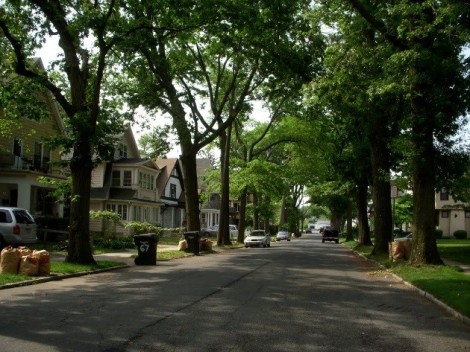
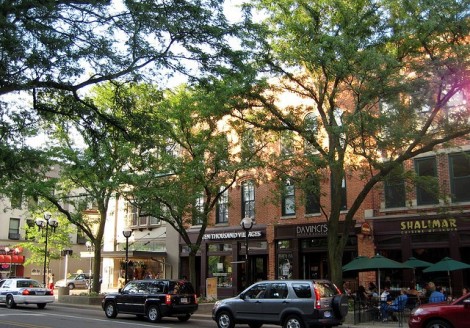
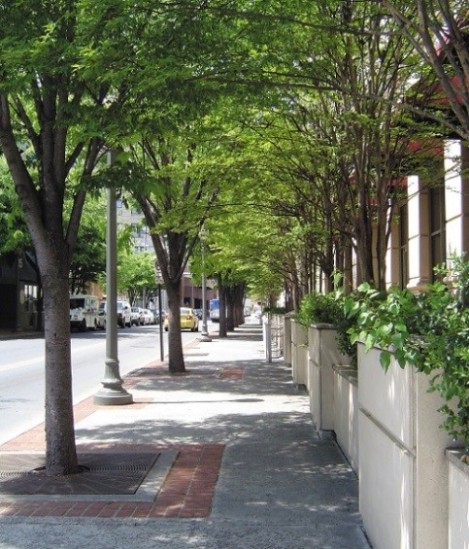


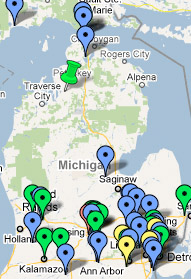
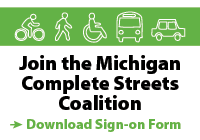











Leave a comment
Comments feed for this article